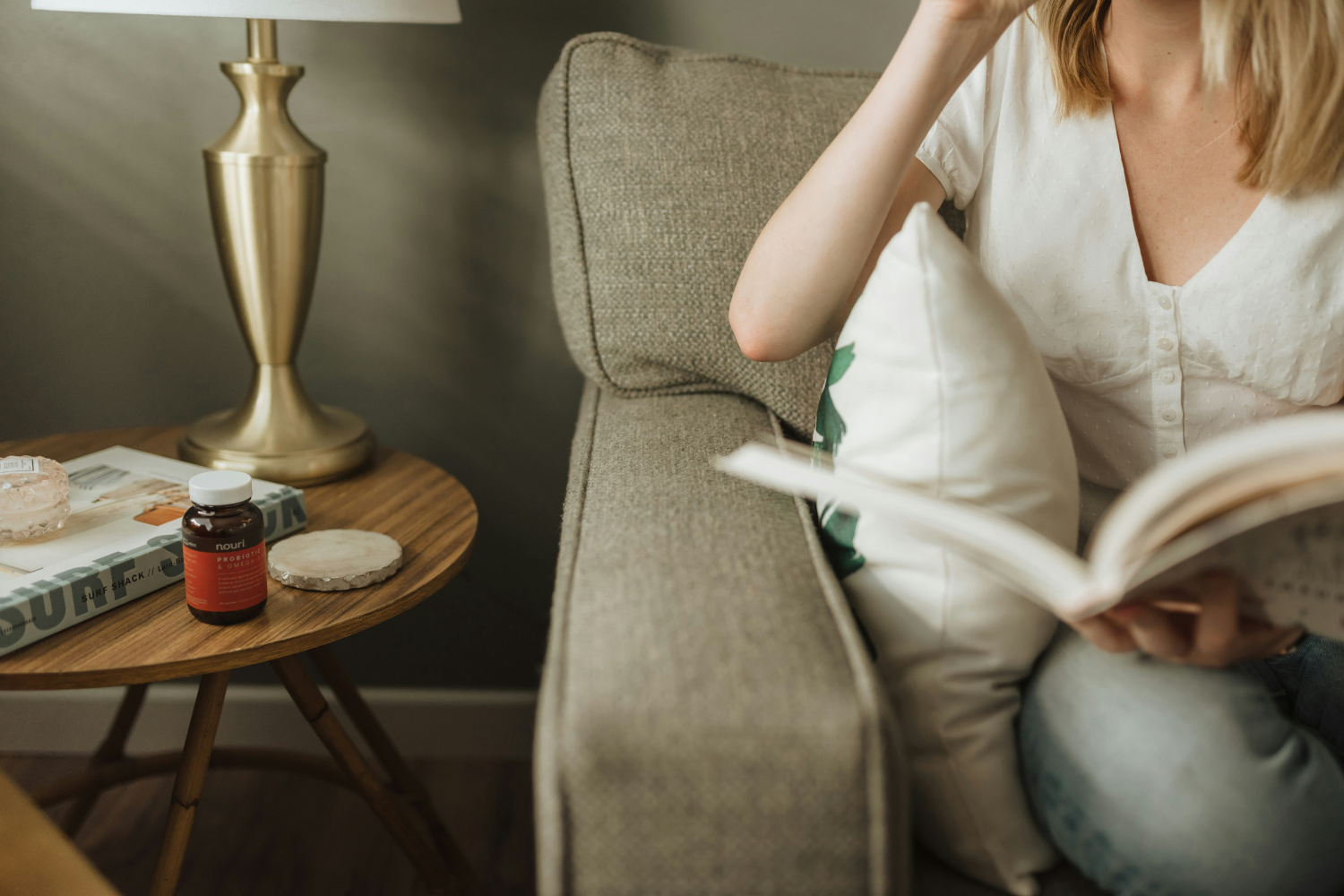How Natural & Artificial Lighting Affects the Colors in Your Home
Are you struggling to choose the right color for your home? Don't worry, you're not alone. Selecting the perfect shade can be tricky, but understanding how lighting affects colors can make all the difference. With the right knowledge, you can create a space that feels warm, inviting, and just right for you. So, if you're looking to revive the look and feel of your home with color, take a moment to consider the impact of lighting, and get ready to transform your space into something extraordinary.
Changing Lights & Colors
When an object is poorly lit, it appears darker and reflects less light. On the other hand, brightly lit objects appear more saturated and reflect more light. The color tones of a light source also affect the colors of objects that it illuminates. For example, yellowish light sources tend to create warm color tones, such as shades of red and orange. In contrast, bluish light sources produce cooler color tones, like blues and greens.
Sunlight's Significant Impact
Natural light is the most accurate way to showcase true color and it can impact the way your chosen color appears in a room. It's a good idea to consider the size, number, and placement of windows when selecting colors for a room. The direction your windows face can also make a significant difference, as north-facing rooms tend to receive cooler light, while south-facing rooms receive warmer light. Additionally, the climate and season can also play a role in how colors appear in a room, as the amount and quality of natural light can change throughout the year. Considering these factors can help you choose the right color for your space and achieve the look and feel you desire.
Effects of Artificial Light
Light bulbs are rated on a scale of Kelvin (K) temperature, which measures the color of the light they emit. Lower temperatures, around 2700K to 3000K, appear warmer and more yellow, while higher temperatures, around 5000K to 6500K, emit cooler, bluer tones. The Kelvin rating can impact how colors appear in a room, making it important to choose the right bulb for your space.
To showcase paint colors in their best light, it's recommended to use bulbs with a color temperature of around 2700K to 3000K, which provide a warm, inviting glow that can bring out the richness and depth of colors. However, it's important to note that the type of bulb and fixture can also impact how colors appear. For example, incandescent bulbs can create a warmer glow, while LED bulbs can appear cooler. It's a good idea to experiment with different bulbs and fixtures to find the combination that works best for your space and desired look.
Stress-Saving Swatches
Previewing all the colors in your home before painting is always a good idea. Ideally, you should paint swatches on the walls, let them dry, and observe them in all lights and at all times of day before making a final decision. This can help you see how the color looks in different lighting conditions and how it complements the other elements in the room. It's important to note that colors can look different on a small swatch compared to a full wall, so it's a good idea to paint a larger area to get a better sense of how the color will look in your space. Additionally, you may want to consider the sheen level of the paint, as this can also impact how the color appears in different lighting conditions. By taking the time to preview all colors in your home before painting, you can ensure that you make the best choice for your space and achieve the look and feel you desire.
Your Professional Partner
I'd be happy to help you choose a color palette that you will love and that will look great in all lighting conditions throughout the day. To start, it's important to consider your personal style, the elements in the room, and the mood you want to create. Then, you can choose colors that complement each other and create a cohesive look and feel.
One approach is to choose a neutral base color, such as a warm beige or a cool gray, and then add pops of color with accent walls, furniture, or decor. This can help create a balanced and harmonious look that still offers visual interest. Another option is to go for a monochromatic color scheme, using varying shades of the same color to create depth and dimension.
When choosing colors, it's important to consider how they will look in different lighting conditions. Colors can appear differently in natural light compared to artificial light and can even change throughout the day as the light shifts. To get a better sense of how your chosen colors will look, it's a good idea to paint swatches on the wall and observe them at different times of day. I can offer my expertise and guidance throughout the process, helping you choose a color palette that you will love and that will look great in your space.
If you would like a designer's eye on the paint colors in your home, I'd love to help. Reach out and let's make a plan to beautify your space!
Until next time,
Lynn





